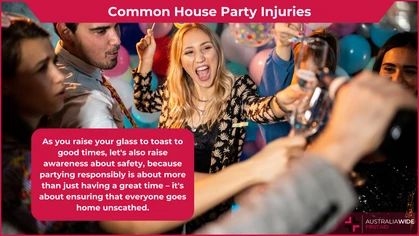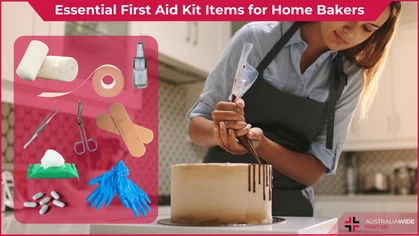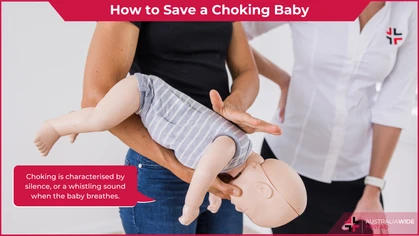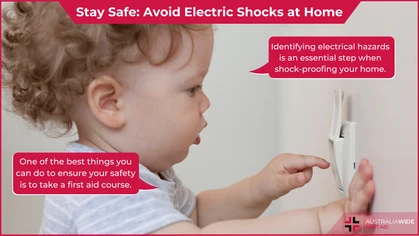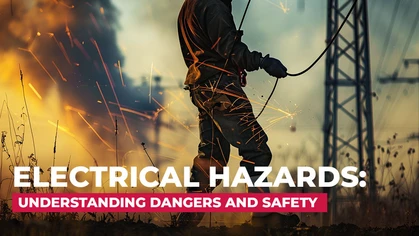Lightning Strikes

Danger
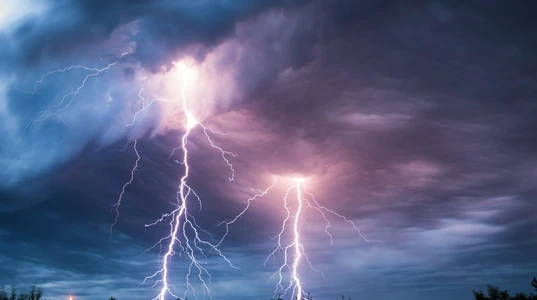
Every 3 seconds after a lightning flash until the sound of thunder represents a kilometre's distance from you.
Lightning strikes are too close for comfort when you see the lightning flash and less than 30 seconds later, you hear the thunder. That's the advice of senior meteorologist Julie Evans. Working at the Bureau of Meteorology, Julie is well aware of lightning's prominent place among Australia's most dangerous weather hazards. Estimates say 5 to 10 deaths and more than 100 severe injuries are caused by lightning every year. The number of seconds between a lightning flash and the sound of thunder is a way to determine how close the lightning was to you. Every 3 seconds that goes by represents a kilometre's distance. So, if the delay between lightning and thunder is under 30 seconds, it means the lightning is less than 10 kilometres away.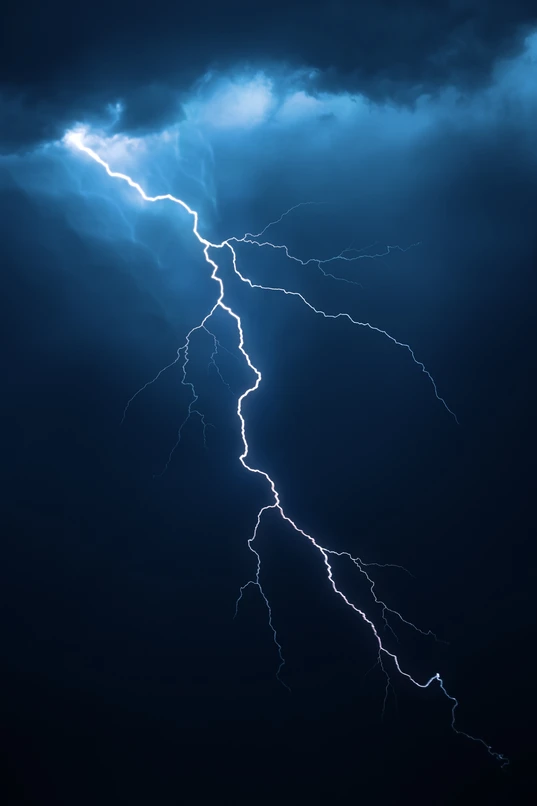
When a storm hits
If you find yourself out in the open when a storm hits, you need to think and act quickly. Finding shelter is strongly advised. A tree is not good shelter in an electrical storm. Try to find shelter inside a building, under a bus shelter or inside a car. Avoid water and objects that conduct electricity, including:- Golf clubs
- Umbrellas
- Metal fences
- Trees
- Puddles/pools of water
What's it like to be struck by lightning?
Being struck by lightning can have effects ranging from minor to life-threatening. According to guidelines published in Annals of Emergency Medicine, 90 per cent of people struck by lightning survive, but they commonly suffer permanent after-effects and disabilities.Short term effects can include:
- Impaired eyesight
- Ear ringing
- Ruptured ear drums
- Loss of hearing
- Loss of consciousness
- Severe electrical shock
- Seizures
- Paralysis
- External burns to the skin
- Internal burns to organs and tissues
- Blunt trauma (e.g from a falling branch)
- Cardiac arrest can occur in severe cases
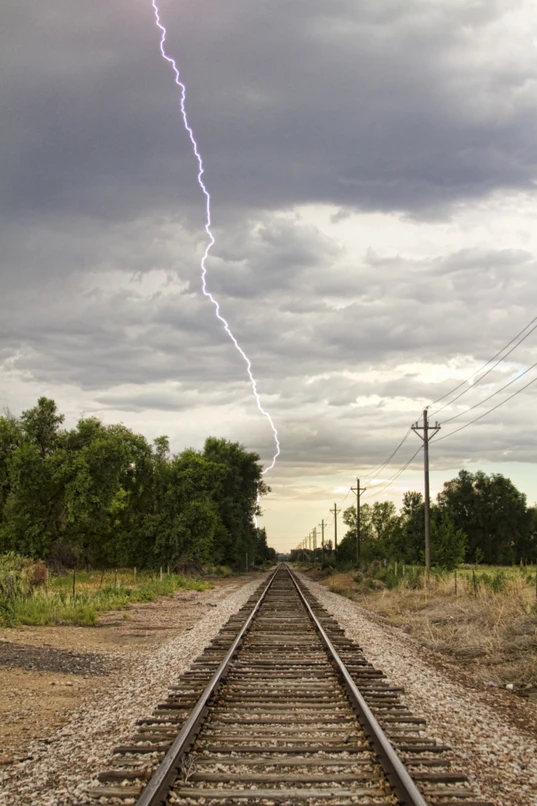
Long term effects include:
- Sleep disturbances
- Memory dysfunction
- Headaches
- Irritability
- Fatigue
- Abnormal gait (cannot walk or balance properly)
- Joint stiffness
- Muscle spasms
- Dry eyes
First aid for a person struck by lightning
If you witness a person being struck by lightning, dial 000Â for emergency medical help. Be aware the victim will not retain an electrical charge, so it is safe to touch them. The person struck may be unconscious, disorientated, or unable to speak. They may also have stopped breathing. If they are not breathing, follow DRSABCD immediately and continue until medical attention arrives. If the victim is burnt or bleeding, apply appropriate first aid.Lightning Facts
- Lightning can warm the air by 27,700 degrees Celsius – 5 times hotter than the surface of the Sun
- A strike can contain one hundred million electrical volts
- If the hair on your head stands on end, it could indicate positive charges are rising through you. If so, seek immediate shelter
- Thunder is caused by the expansion of rapidly heated air
- Lightning from the top of a thunderstorm cloud carries a large positive charge. This is known as positive lightning
- Positive lightning can strike as far as 16 kilometres from a storm.
Lightning Myths (do not believe):
- Lightning never strikes the same place twice
- You will be electrocuted if you touch a person who was struck by lightning
- You should shelter under a tree in a storm
- Structures with metal or jewellery attract lightning
Recommended Resources
To learn more about how to avoid being struck by lightning, watch the following video:
Originally published at
https://www.australiawidefirstaid.com.au/resources/lightning-strikes
as part of the Australia Wide First Aid Articles Library



